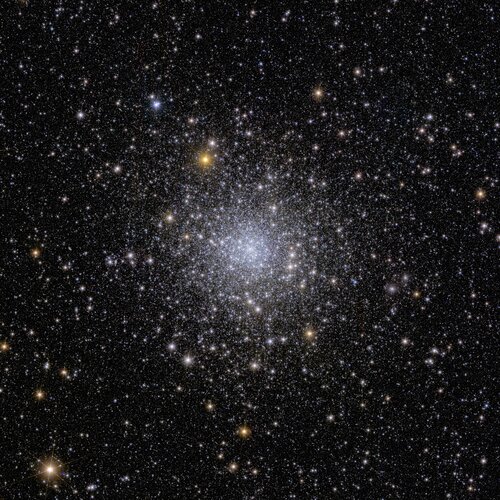For example, the NASA/ESA Hubble Space Telescope has observed the core of NGC 6397 in detail, but it would take a lot of observing time with Hubble to map the outskirts of the cluster, something Euclid can do in just one hour. ESA’s Gaia mission can track the movement of globular clusters, but can’t tell what’s going on with very faint stars. And telescopes from the ground can cover a larger field, but with a poorer depth and resolution, so they can’t distinguish the faint outskirts entirely.
Euclid’s view of globular cluster NGC 6397
Written by Copernical Team Tuesday, 07 November 2023 12:15
This sparkly image shows Euclid’s view on a globular cluster called NGC 6397. Globular clusters are collections of hundreds of thousands of stars held together by gravity.


